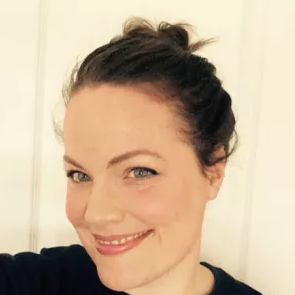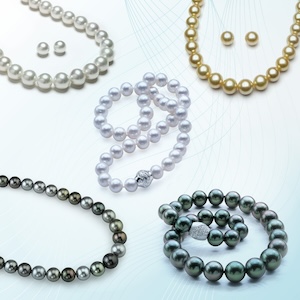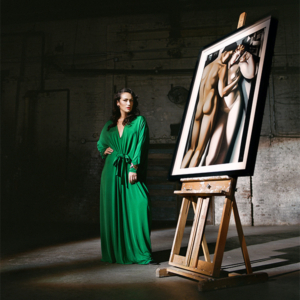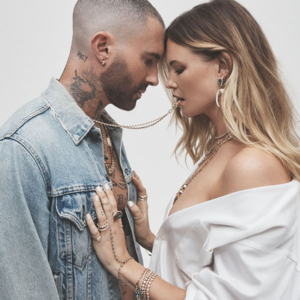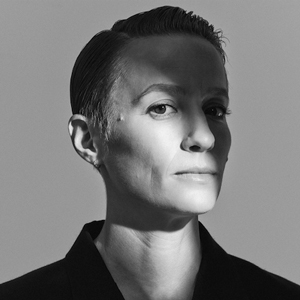
Victoria’s Secret has long been synonymous with its Angels—a flock of flawless supermodels in push-up bras and angel wings televised in over-the-top runway shows.
But what was once perceived as fun and aspirational is now a turnoff for consumers, who in recent years soured on the brand’s promotion of unattainable beauty (which in retrospect always seemed constructed more for the male gaze than for the female consumers Victoria’s Secret was looking to outfit).
Too shortsighted to keep up with changing consumer behaviors and priorities—including the social media–based body positivity movement and the rising profiles of lingerie brands that feature extended sizing, such as Third Love and Rihanna’s Savage X Fenty—the company has been floundering.
Faced with nose-diving sales, Victoria’s Secret recently rebooted, installing a new CEO (the old one had social ties to Jeffrey Epstein) and a new board of directors that’s nearly all women. It’s also traded its gaggle of supermodels for a spate of new ambassadors that collectively represent modern inclusivity and diversity. Soccer star Megan Rapinoe, actress Priyanka Chopra Jonas, plus-size supermodel Paloma Elsesser, and transgender model Valentina Sampaio are among the new faces for the brand.
How consumers will respond to the company’s 180-degree flip in spirit is anyone’s guess. Will it come off as opportunistic—an exercise in checking off cultural boxes to lure consumers? Time will tell.
However it’s received, the reboot is a valuable case study for all brands, including fine jewelry companies, that are steeped in old-school methods of marketing, such as hiring all size 2 models, then snapping photos of them in ball gowns and diamonds sauntering through rolling country hills (or some other incongruous backdrop).
The about-face may be most valuable for jewelry brands that are still marketing their merchandise—including engagement rings—solely to men, instead of to the women who wear it.
There’s no denying that marketing to women has changed significantly in the past decade. And that’s in large part due to the fact that social media has become big media. In 2021, it’s the thrumming engine that drives consumer choices and behaviors.
New trends, ideas, slang, and styles are born on Instagram and TikTok. And if you’ve spent time on those platforms recently, you know that artifice is out (and is literally called out by users), while diversity, authenticity, compassion, and warts-and-all realness reigns.
As a result of social media’s outsized influence, industries, including fine jewelry, can no longer expect women to fawn over Photoshopped imagery of cellulite- and wrinkle-free ideals of womanhood.
Yes, the Kardashians still excel, hawking their highly filtered (and surgically achieved) brand of beauty. But the idea of perfection when it comes to womanhood is being challenged on many fronts, and those challenges are creating lasting changes in attitudes. Plus-size model Ashley Graham, to name one powerful cultural disruptor, proudly shows off her pregnancy stretch marks on Instagram and is one of the top-earning models in the world.
And as consumers become more discerning, factoring transparency, sustainability, and philanthropy into their purchasing decisions, corporate America has no choice but to echo the tone and feel of the social platforms they live on. Ignoring changing cultural tides, as Victoria’s Secret did for so long, becomes an existential risk.
De Beers, the biggest diamond producer in the world, began to pivot away from marketing its diamonds and jewelry exclusively to men and toward women around 2017—the year De Beers exec Stephen Lussier said in a speech, “The old way was, basically, a man saying, ‘Thank you. I bestow this diamond upon you.’ And that’s not the way women want to be gifted today.… In the advertising we’ve been working on, historically, the breadwinner says, ‘Thank you for looking after the family while I’ve been doing other stuff.’ But in the new world, he has to say, ‘I’m so proud of you for everything you do.’ We make that switch and our diamond will continue to be that symbol. It’s very subtle.”
Four years later, the switch probably shouldn’t even be that subtle. Yes, men buy jewelry, and are increasingly purchasing more for themselves (thank Harry Styles and his pearls). And of course men still play a role, often a big one, in engagement ring and special occasion jewelry sales.
But women are, overwhelmingly, the audience and prime consumer for fine jewelry, and their spending power is growing. They’re no longer interested in angelic perfection—they want what’s real.
Top: A Victoria’s Secret promotional photo of new ambassador Megan Rapinoe (photo courtesy of Victoria’s Secret)
Follow Emili Vesilind on Instagram: @emilivesilind
Follow JCK on Instagram: @jckmagazineFollow JCK on Twitter: @jckmagazine
Follow JCK on Facebook: @jckmagazine
